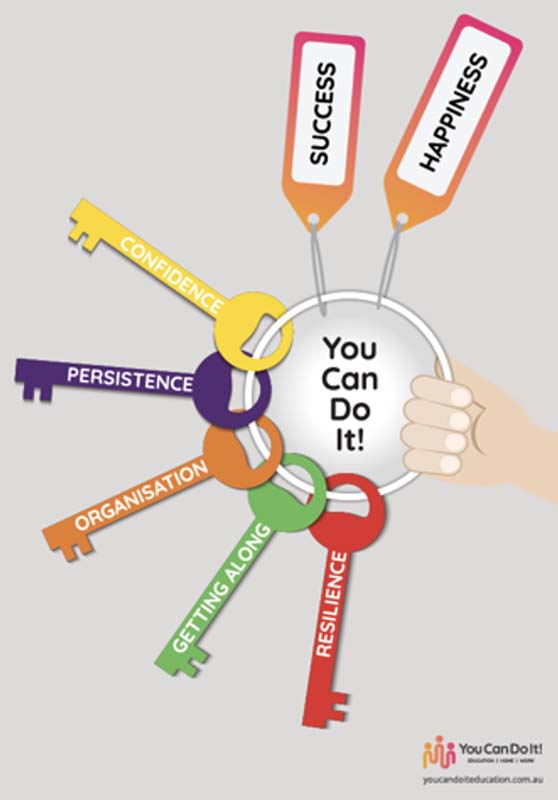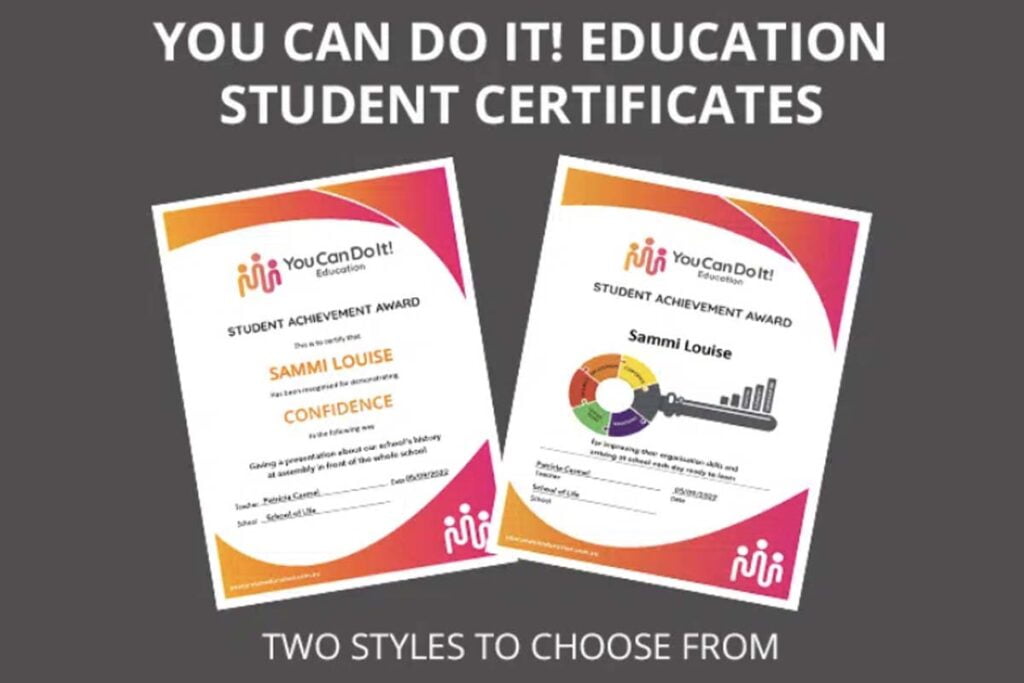Prepare students for social and emotional learning. For students to be motivated to learn about the social and emotional learning skills such as those taught in You Can Do It! Education and Program Achieve, you need to set the stage. You want students to appreciate the importance and benefit of learning about and applying the 5 Keys to success and happiness (Confidence, Persistence, Organisation, Getting Along, Resilience).
There are several ways you can do this. One, discuss the relevance of the 5 Keys to their lives using examples your students can relate to. Two, social and emotional skills help them to perform at their best in schoolwork and extra-curricular activities.
Some students believe that the purpose of school and study is to learn traditional school subjects like English, Maths, History, Science and Technology. So, it may surprise them (and their parents) to hear that they will also be learning important personal (emotional) and social skills.
Here are steps that when taken will bring many students on board – even those who are least motivated and/or who display disruptive classroom behaviour.
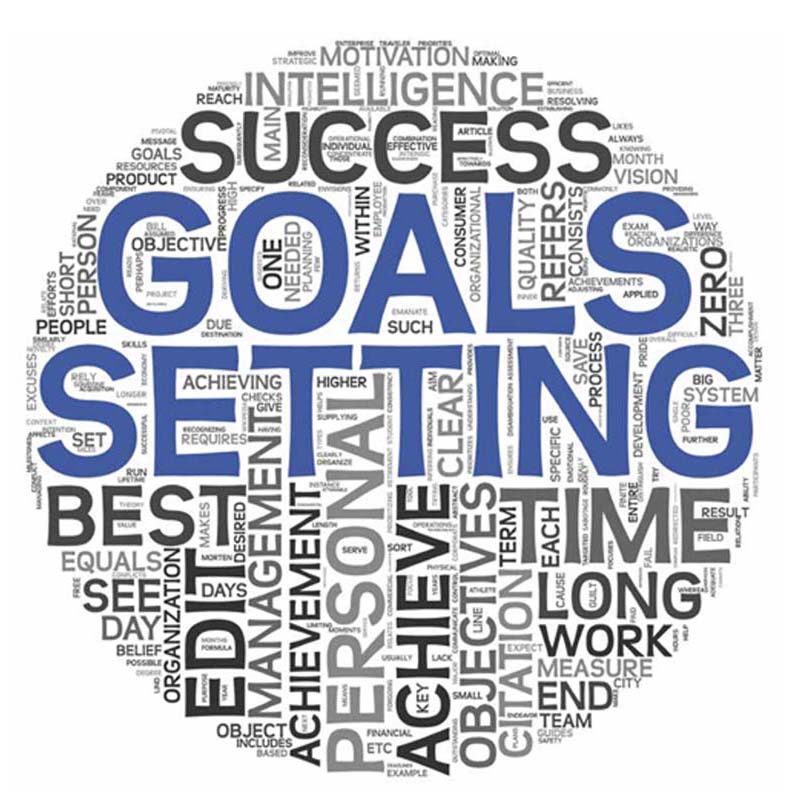
STEP 1.
Indicate to your class the two goals you have for every student: success and happiness; explain what each goal means; ask students to show by raising their hands whether they have these as goals (ask about each separately).
Explain to students that ‘success’ means doing the best they can in schoolwork and other areas of their lives (art, sport, art, music, doing a job) and not thinking they have to be the best to succeed. It does not mean being the best – better than everyone else.
Explain to students that ‘happiness’ means feeling happy and safe, having friends, being engaged in schoolwork, and participating in school, home and community activities. It also means that they do not feel very worried, down, or angry for long periods and that they do not make poor choices such as bullying or being late or absent from school or engaging in unhealthy behaviour like drinking or smoking.
STEP 2.
In different ways, depending on the year level of your students, reveal the 5 Keys to success and wellbeing; display one or more posters that show the 5 keys.
The key questions to ask your students (Years 3+ and above) are: “To be successful, do you need to come from a very good family that provides you with lots of support?” “Do you need to have a great teacher to be successful?” “To be successful, do you need to be super smart?” The answers to these questions are: “While it certainly helps to have a good family/great teacher/be super smart, you don’t have to have these things.” You can add: “I know of students who are very successful who don’t have these things – just as I know students who have all these things but could be doing much better in their schoolwork.”
You can conclude by revealing that scientists have found that students need five things to be successful and happy. These things in You Can Do It! Education is called the 5 Keys: Confidence, Persistence, Organisation, Getting Along and Resilience.
For Foundation Year/Prep, Year 1 and Year 2 students, you can omit these questions/answers and simply present the 5 Keys students need to be successful and happy.
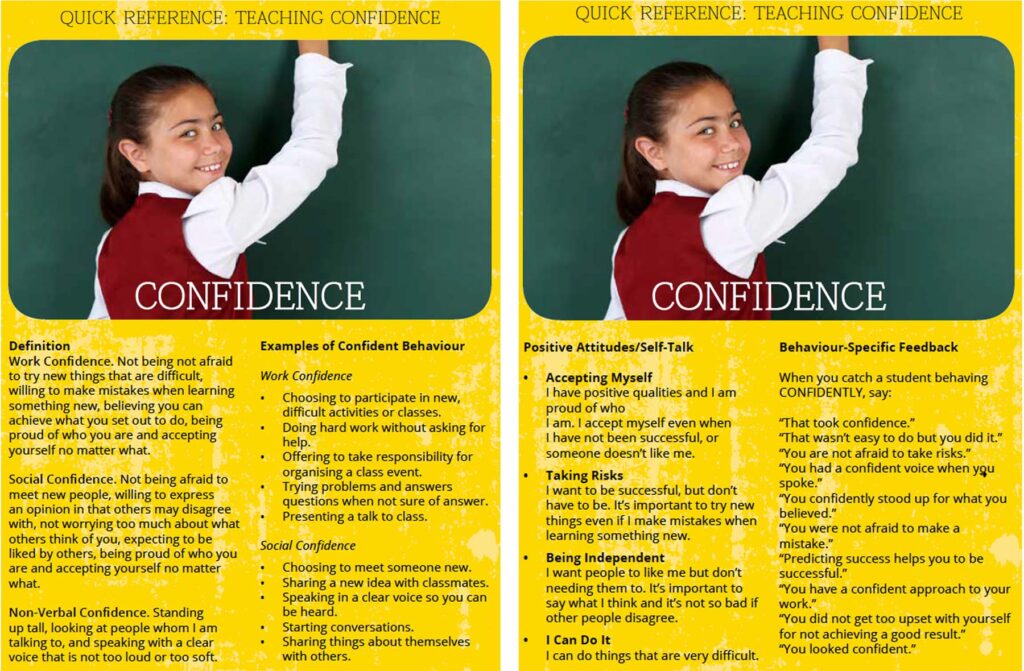
STEP 3.
In your classroom, select an area of the wall easily viewed by students; display hand-made posters with
- definitions of each of the 5 Keys,
- behaviours to practice, and
- ways to think.
Refer to the YCDI! Quick Reference Cards, which can be found in your school LOGIN at the beginning of lessons for each year level.
STEP 4.
Indicate that students will regularly receive a lesson from Program Achieve where they will learn about the five keys; ideally, each primary and secondary student is provided with a blank, partially lined, exercise workbook to write answers to the various activities in Program Achieve and to store completed worksheets.
Explain that you will not only be teaching students the academic curriculum but also a curriculum focused on teaching students the social-emotional skills they need to be all they can be and to be happy.
** VERY IMPORTANT, TIMETABLE PROGRAM ACHIEVE LESSONS: With your school’s YCDI! Education planning committee, decide the day and time when Program Achieve lessons will be taught. Ideally, this time period should be the same for all classes in a year level and across year levels share a common class time (e.g., the period after recess Wednesdays).
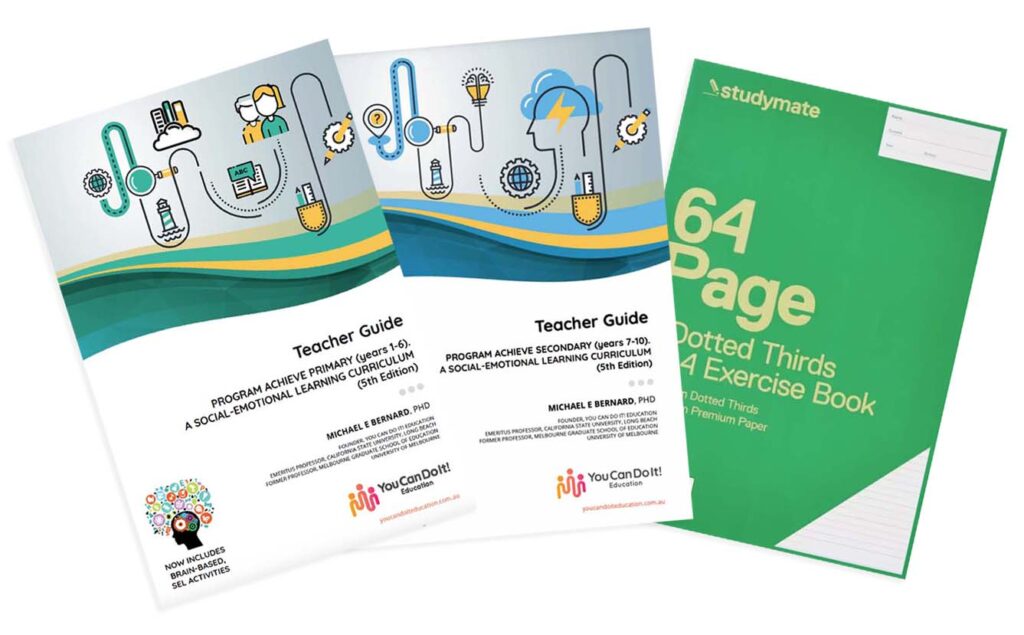
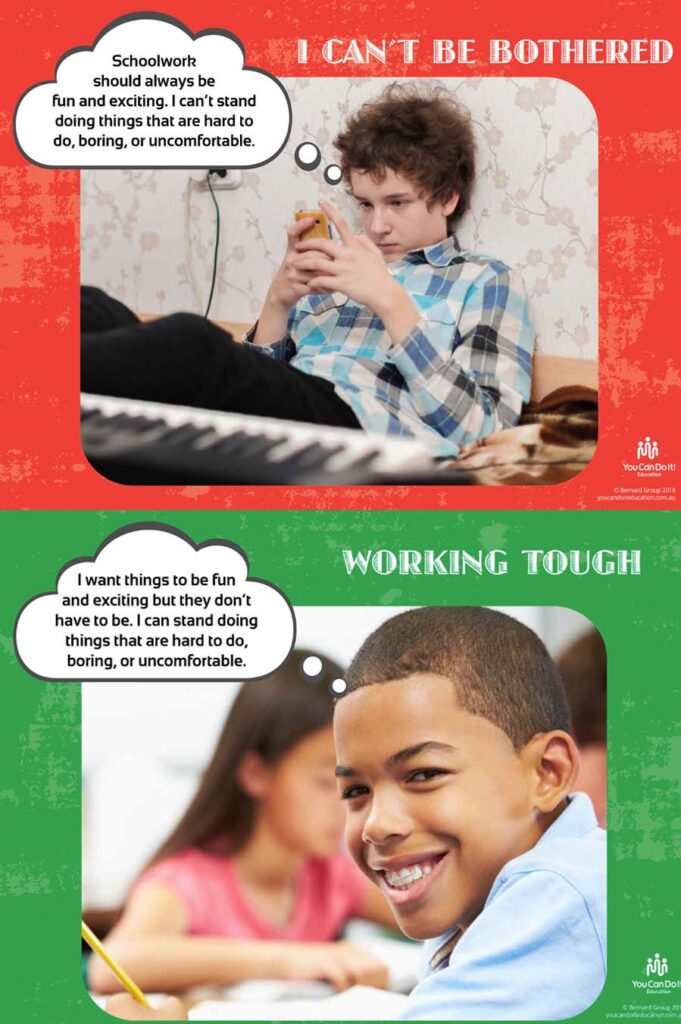
STEP 5.
During the week you teach Persistence, you should stress that success requires students to do “hard yakka”, meaning hard work.
You want to stress and spend time discussing the idea of ‘hard yakka.’ Have students say the two words out loud. Provide examples of hard yakka they will encounter in the different subjects they will be learning about. Make the point that you will try to make their schoolwork fun and exciting but that it will not always be possible (e.g., for some students, practice writing). Explain that when they have hard yakka to do, it doesn’t mean school is stupid, the work is stupid, or they are stupid. It’s just the way learning takes place for people of all ages.
STEP 6.
Switch on behaviour-specific feedback when you catch individual students demonstrating the 5 Keys (refer to the YCDI! Quick Reference Cards).
When you catch a student practising a behaviour that reflects a YCDI! Key you are teaching, acknowledge the student verbally, non-verbally, or in a written comment (e.g., ‘You were confident.’ ‘You tried hard and did not give up. That’s persistence.’ ‘Doesn’t it feel good to be organised?’ ‘You are getting along very well when working together.’ ‘You stayed calm in a difficult situation. That’s resilience.’).
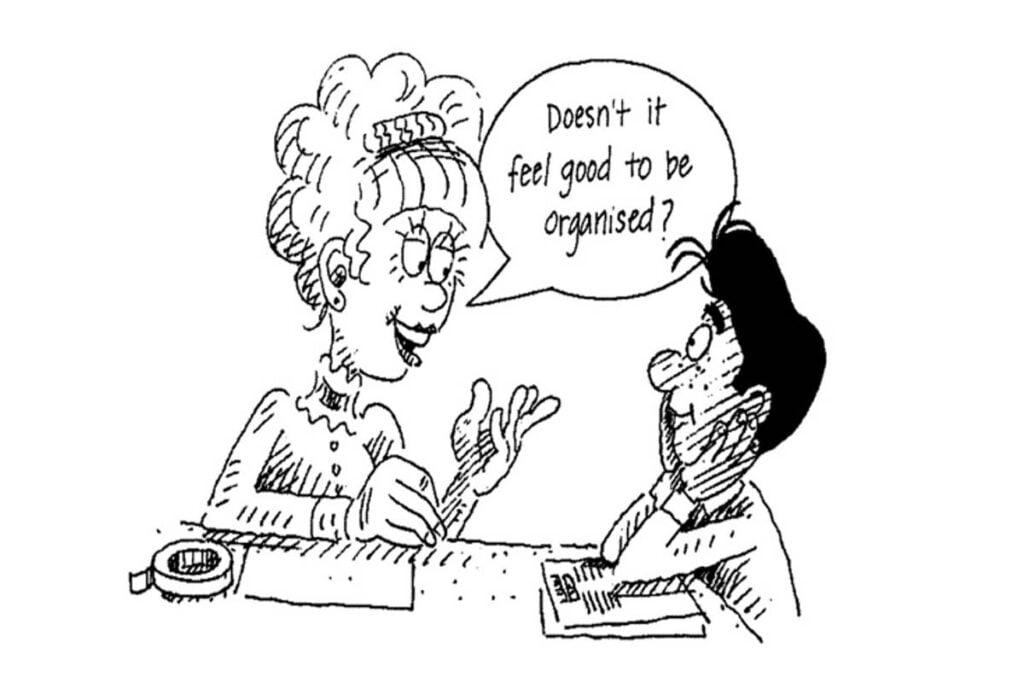
STEP 7.
Provide individual students with awards and YCDI! certificates for showing the development of one or more of the 5 Keys
Modify existing awards (classroom, school-wide) and/or introduce new awards so that students are acknowledged by their teachers for demonstrating the 5 Keys.
A small card can be designed with boxes to tick that indicates the YCDI! Key being observed, with room for student name and actual description of what the student was caught doing.
YCDI! Certificates on student progress can be completed and sent home.
STEP 8.
Incorporate in assembles one or more of the 5 Keys being taught in Program Achieve during the week; acknowledge individual students at school assembly for displaying 5 Keys.
Teachers can place Keys to Success Cards in a “positive behaviour box”, and at assemblies, a student raffle can take place where a few students’ cards are drawn randomly from the box. These students receive some form of public acknowledgment.
At assemblies, invite speakers to talk to students about the importance of the 5 Keys in their lives.
Have your Student Representative Council plan an assembly where one or more of the 5 Keys are featured.
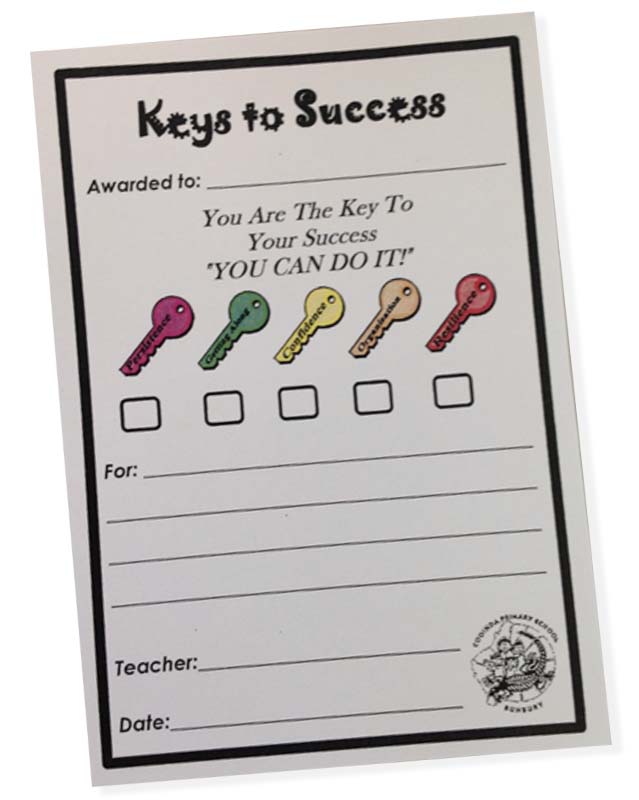
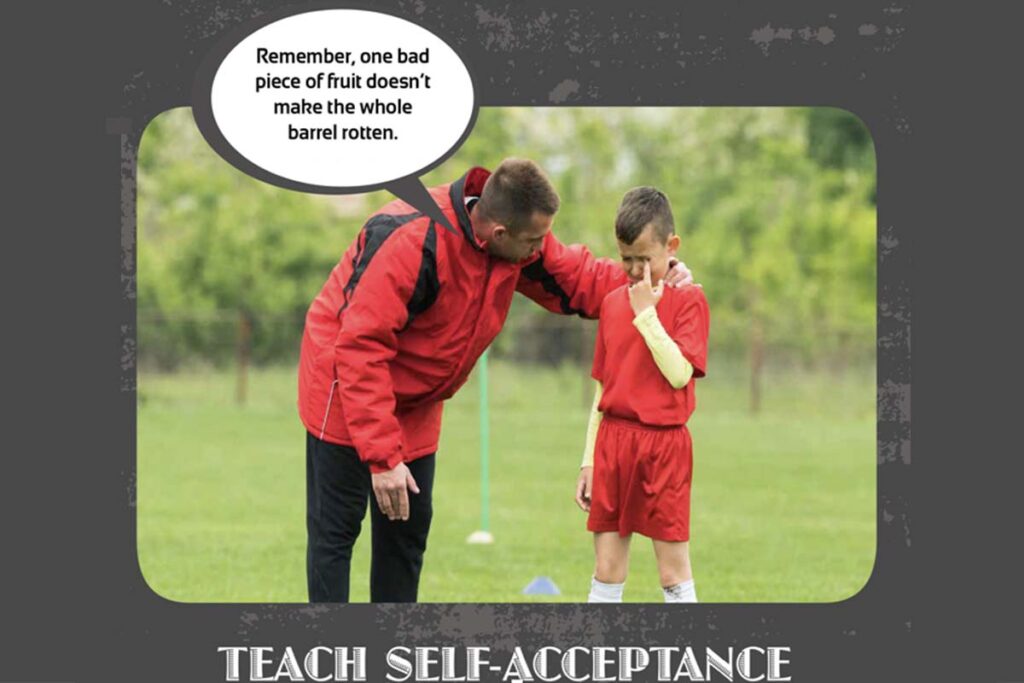
STEP 9.
Physical Education (PE) teacher explains the importance of 5 SELs to success in sports and uses plenty of behaviour-specific feedback.
Students are very open-eared to their PE teachers and coaches. It is vital that PE and sporting coaches are involved in YCDI! professional development.
They need to brainstorm how messages concerning positive attitudes (e.g., self-acceptance, see accompanying image) and the 5 Keys can be communicated to students regularly as they prepare to compete and during competition.
STEP 10.
Give parents a heads-up that at your school, their children will be learning about the 5 Keys to success and happiness.
YCDI! Education has always stressed the importance of school-home collaboration. Our parent education resources (Investing in Parents; YCDI! Positive Parent Program) provides parent education classes that can be offered by a teacher or parent at your school, as well as online articles and eLearning programs that provide parents with what to say and do to support social-emotional learning at home.
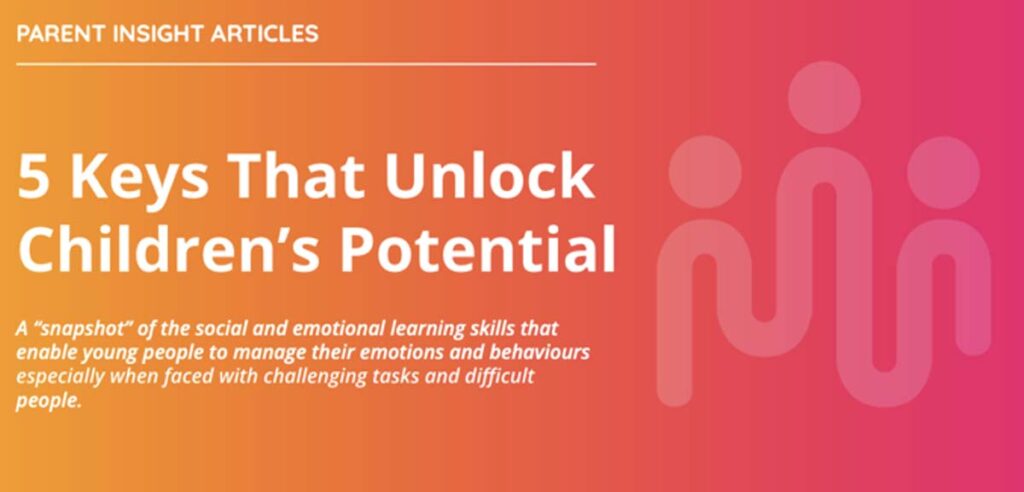
In a nutshell, by the end of the year, if the vast majority of your students can name and define the 5 Keys to their success and happiness, use positive self-talk to help them apply the 5 Keys and, most importantly, demonstrate behaviour that reflects each of the 5 Keys (and receive behaviour-specific feedback from you), you will have done an excellent job -in addition to all the other great things you do- in helping students develop themselves and their social and emotional maturity.


